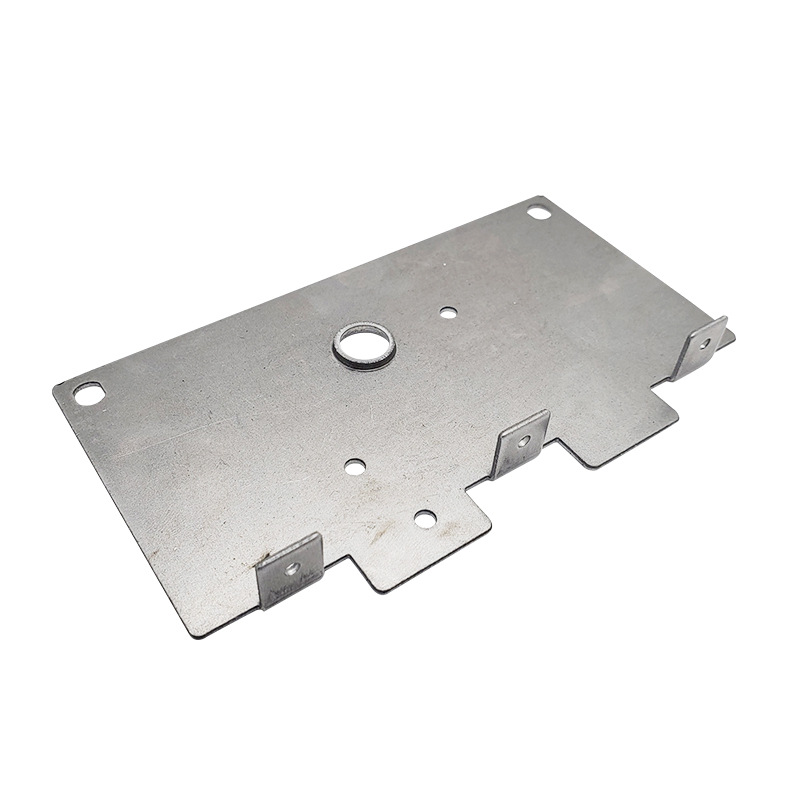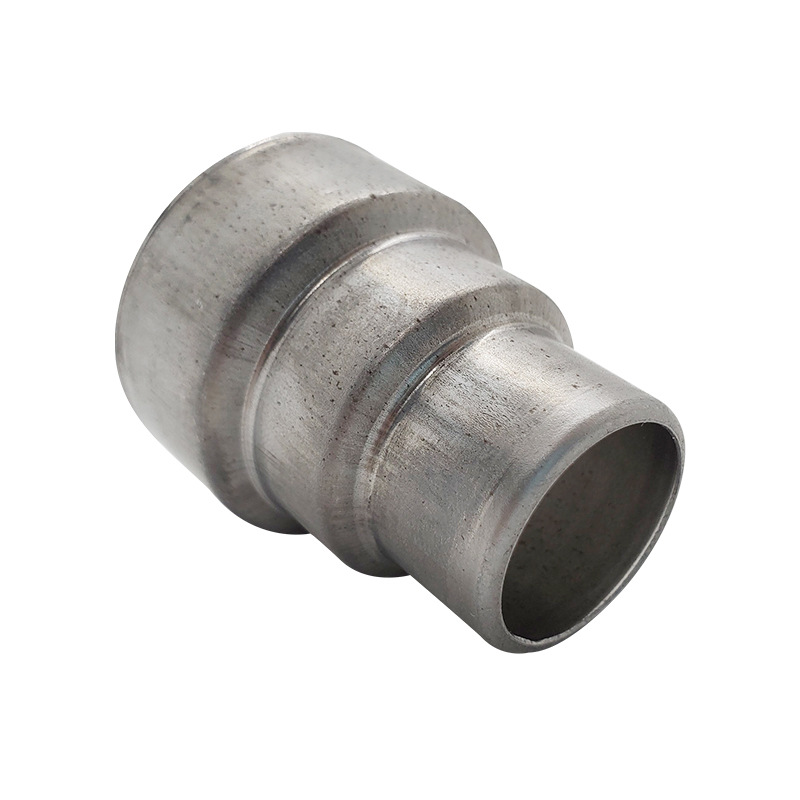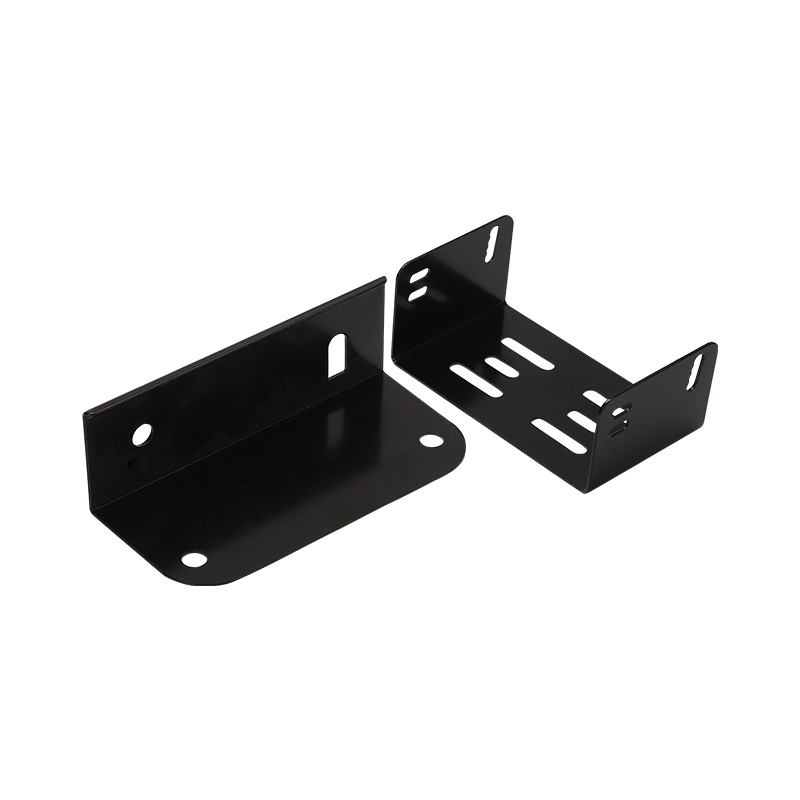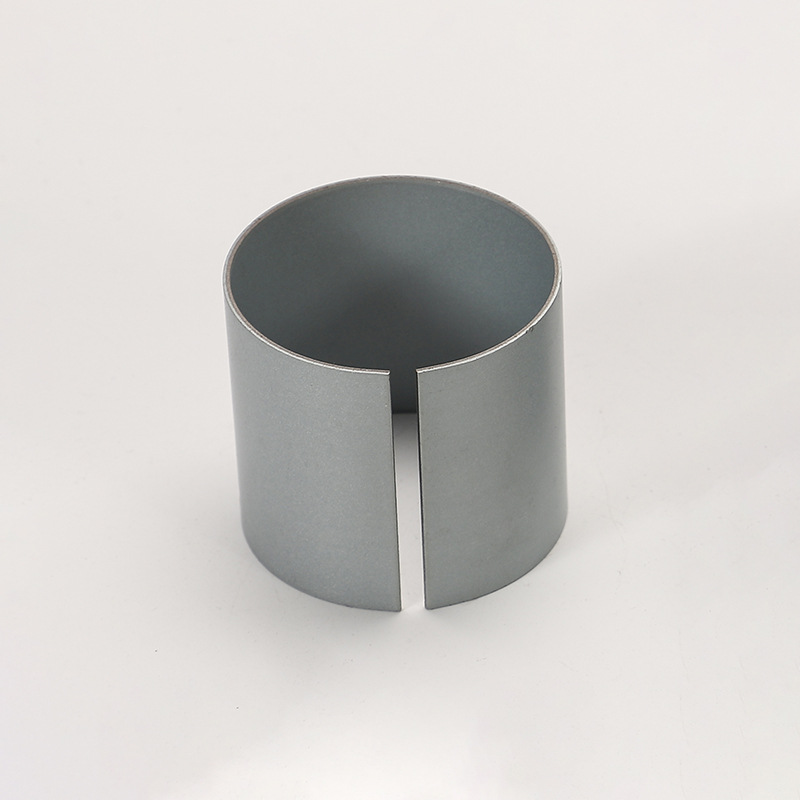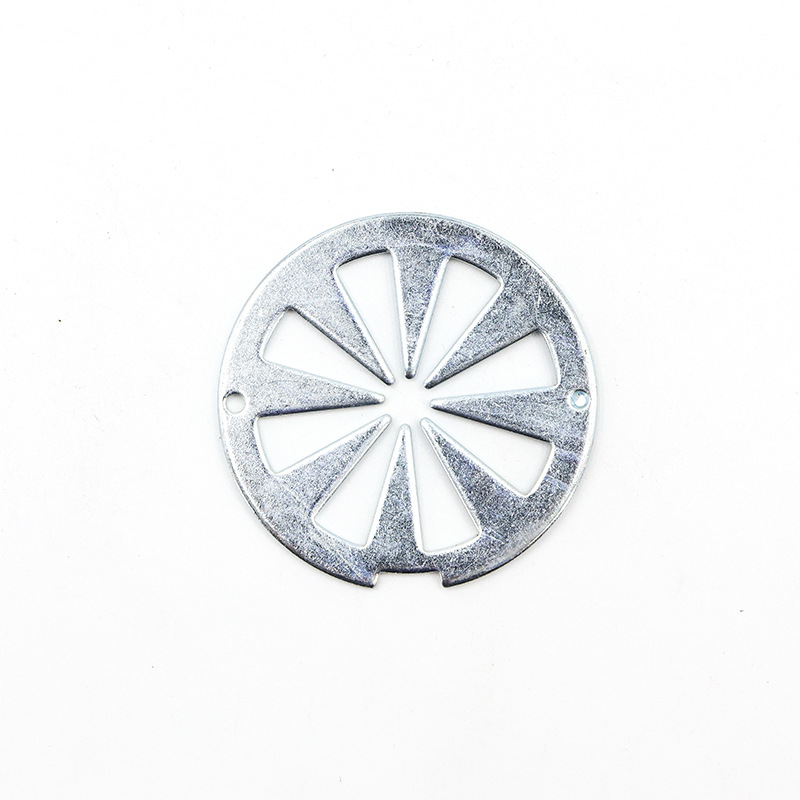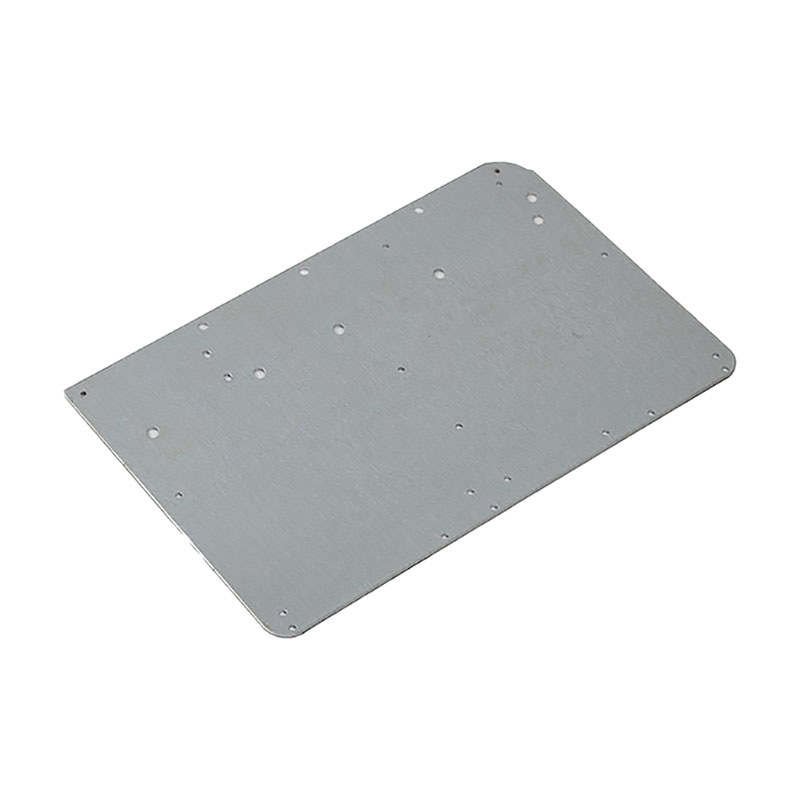With the rapid development of the automobile industry, the efficient, high-precision and high-stability processing of complex key automobile parts has become an effective measure to shorten product production cycles and improve enterprise efficiency and competitiveness. CNC processing technology can achieve rapid prototyping and manufacturing of complex automobile parts. At the same time, virtual manufacturing technology, flexible manufacturing technology and integrated manufacturing technology in CNC technology are widely used in modern automobile processing and manufacturing. The intelligent development of CNC manufacturing technology in the production process of automobile parts will become a development trend of the automobile manufacturing industry.

Current status of CNC custom processing in the automotive industry
Some companies, such as Porsche, have turned to CNC machining customization to produce equipment for rare and limited-edition vehicles or for vehicles that may not be available to any one owner or shop.
Traditionally, if a warehouse runs out of any of the 52,000 different parts that make up the Porsche Classic catalog, more parts would need to be made using specific tooling. Not so with CNC machining customization. The process is more cost-effective than retooling a plant to make a specific part, and it reduces the warehouse space required because each part can be ordered in a matter of hours or days.
Porsche tested this initiative by CNC machining and customizing a fully functional clutch release lever for a Porsche 959. The lever had to pass the same tests as the original machined part, including a 3-ton pressure test. As part of the pilot program, the manufacturer plans to add 20 parts to its digital library and then expand as needed.
Some advantages of automotive CNC machining
CNC machining in the automotive industry has grown in popularity in recent years. Manufacturers around the world are looking to benefit from the many advantages of the process. These advantages include speed, automation, repeatability, and more.
Production Speed
For medium to high production volumes, CNC machining can provide faster production times compared to traditional machining. This is because its automated nature eliminates the need for time-consuming and labor-intensive manual machining. During the production planning process, a few steps can help speed up and optimize machine run times.
Automation
Automation itself is an advantage of CNC machining. Compared with manual machining, it not only reduces production time, but also makes the automotive manufacturing process more streamlined. If you send the parts to the CNC machine for manufacturing, the robotic arm can assist in removing the parts after completion. As a result, workers can devote more time to design and innovation tasks.
Repeatability
As a computer-controlled process, automotive CNC machining also brings the assurance of repeatability. This is a critical element in any industrial-grade production environment. In the automotive industry, it is vital to ensure that parts are consistent from batch to batch. This way, all CNC cars that come out will be to the same standard.
Precision
For repeatability, CNC machining is able to achieve parts with strict requirements on part tolerances. Especially for automotive applications, this reliable process can meet the tolerances required for engines and other functional components. Therefore, you can be sure to get a precise automotive part at the end of the manufacturing process. The process is also capable of producing complex vehicle parts.
Customization
While CNC machining may not be as well suited to customization as additive manufacturing, it can help the automotive industry produce custom parts. The advantage is the short lead time, whether it is a one-off or small batch production.
Production Applications of CNC Machining in the Automotive Industry
In addition to many prototyping applications, automotive machining assists in the production of many parts for CNC automobiles. They include:
Interior panels
Vehicle interior components such as instrument panels can be manufactured using CNC machining.
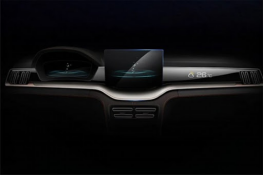
The process has the precision required to mill the instrument panel frame from a single piece of raw plastic material. This helps ensure that the cutouts for the speedometer, fuel gauge, and indicator lights align perfectly when installed.
Starter Motors
Automakers continue to find uses for CNC machining metals. For example, complex parts such as starter motors can be produced using CNC machining. The precision and complexity of the process allow these parts to be optimized. Manufacturers can also easily improve them in terms of performance, durability, and reliability.
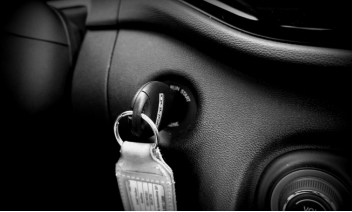
Cylinder heads
In the automotive and motorsport industries, CNC machining in the automotive industry also offers several advantages. These advantages are reflected in the production of engine blocks and cylinder heads (covering the cylinders of an internal combustion engine).
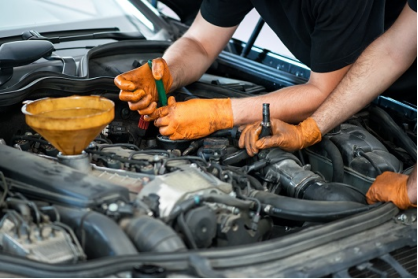
The technology is particularly useful for limited edition or custom engine models. These parts come from a solid block of aluminum, a metal that is easy to machine. Other powertrain components, such as alternator housings, brake system valves and fuel pump systems, can also be produced using CNC machining.
Drive Axle
In a car, the drive shaft consists of two half-shafts, each connected to a wheel via a constant velocity joint. This critical component enables the wheels to move freely vertically and rotate when the car turns. CNC machining helps produce precision automotive parts in the drive shaft mechanism, such as hypoid and bevel gears.
Gearbox
The gearbox is the second stage of the vehicle's transmission system and consists of various shaft and gear components. These components can be produced using CNC machining with high precision and efficiency. The finishing of cast gearbox components can be accomplished using CNC milling and drilling tools.
Custom Parts
OEMs can also use CNC machining to produce custom components or rare replacement parts.
The product of a CNC machine is different from the product of a 3D printer. This is because CNC is a subtractive process. That is, it cuts material away from a solid workpiece. 3D printing, on the other hand, is an additive process. That is, it introduces new material layer by layer.
Xuanmin's manufacturing processes and in-house equipment allow us to fulfill a wide range of part orders, from single-run prototypes to high-volume manufacturing. As the automotive industry is a high-risk industry, we recognize the importance of precision and quality control when manufacturing automotive parts. For the most critical components in your inventory, we can provide ultra-fine tolerances as low as +/-0.01mm. Contact us today!
